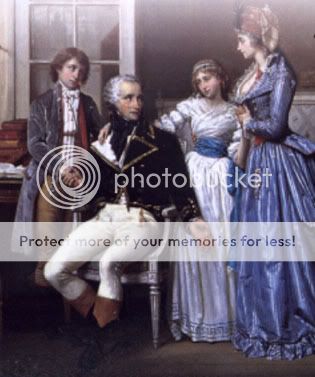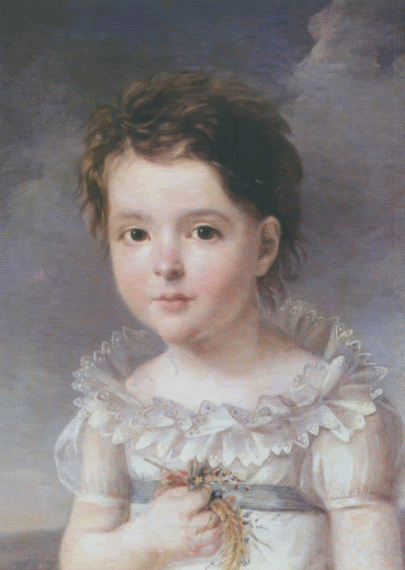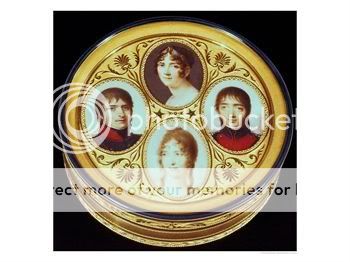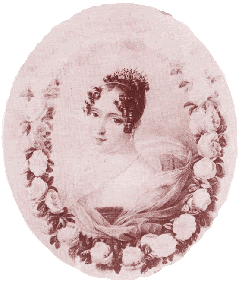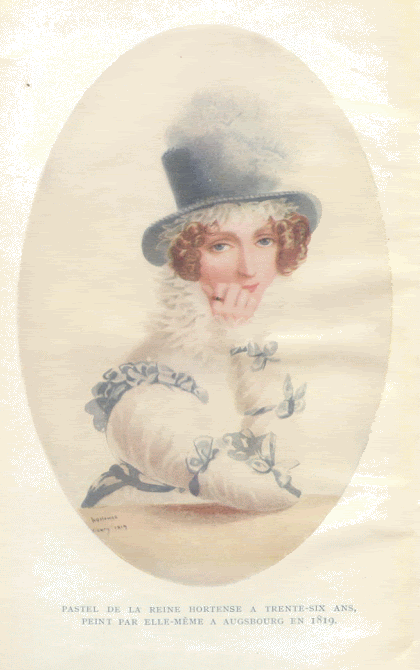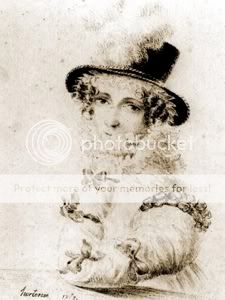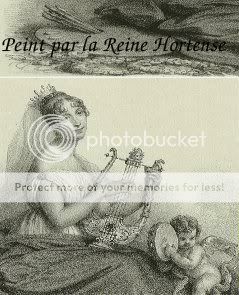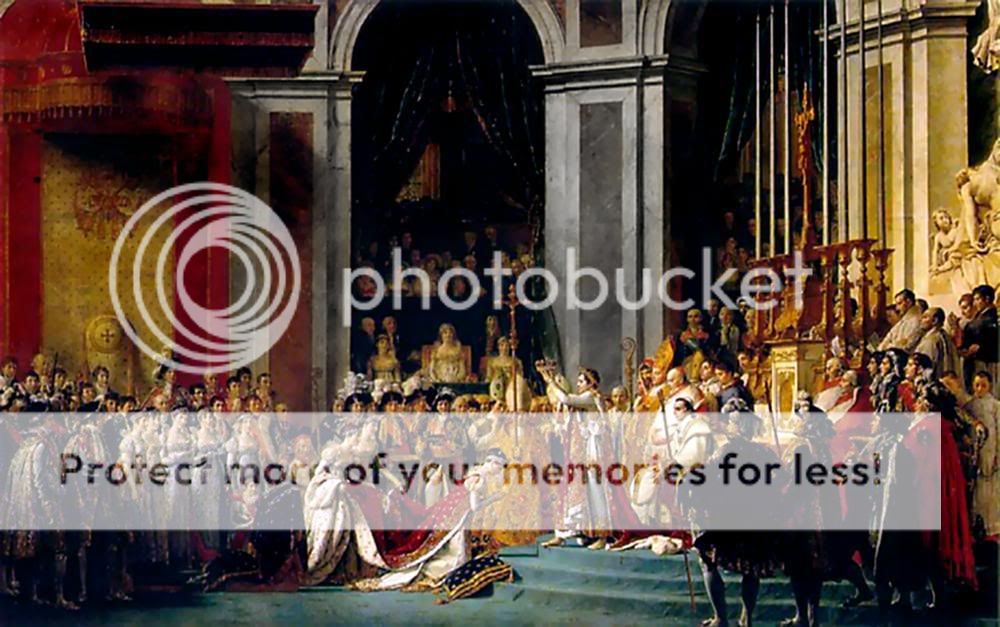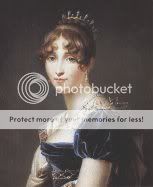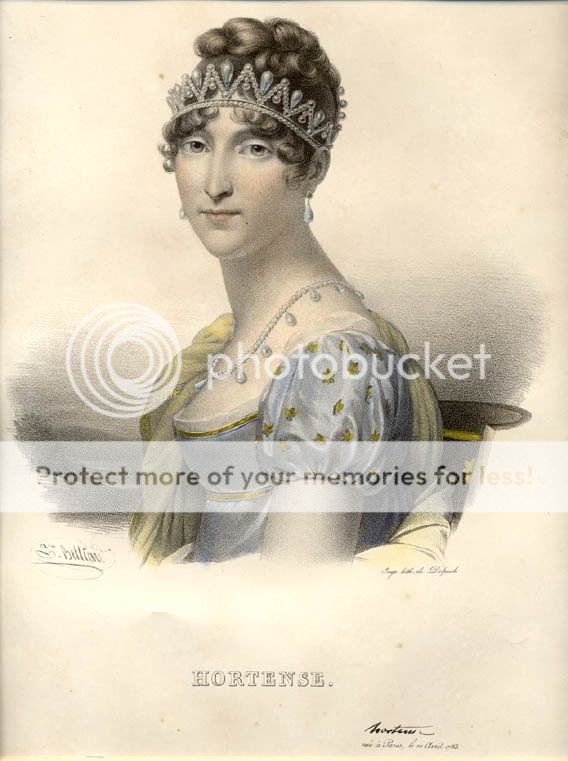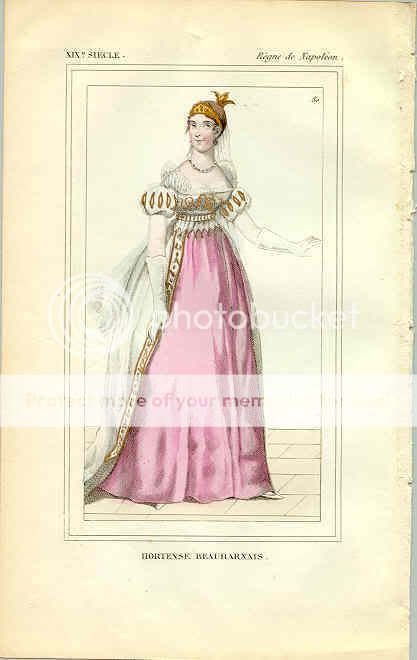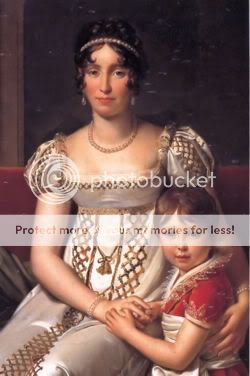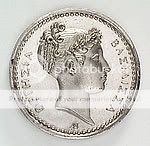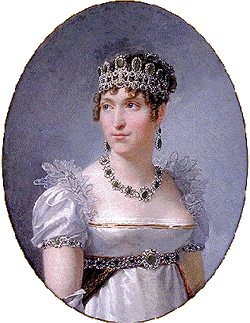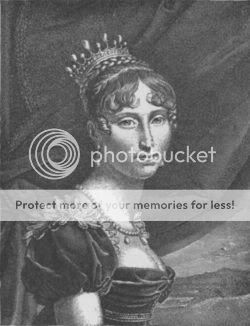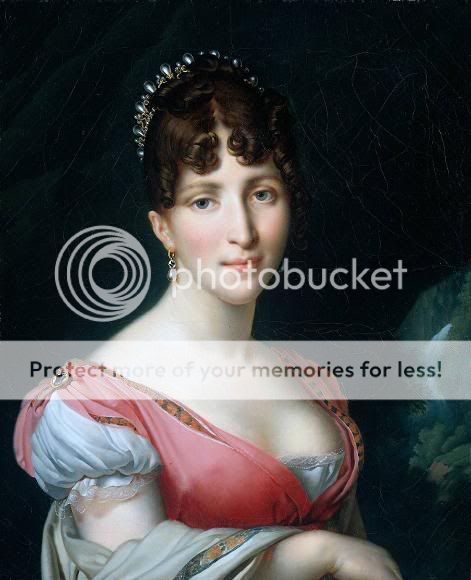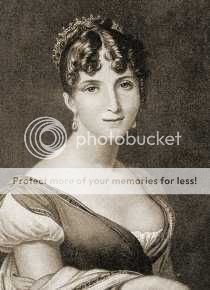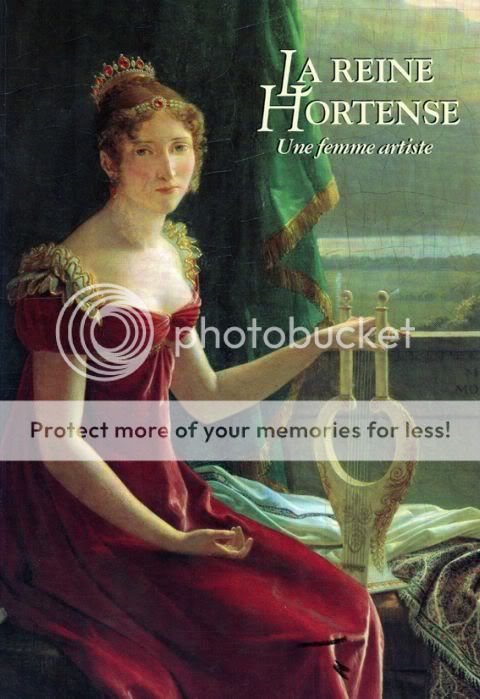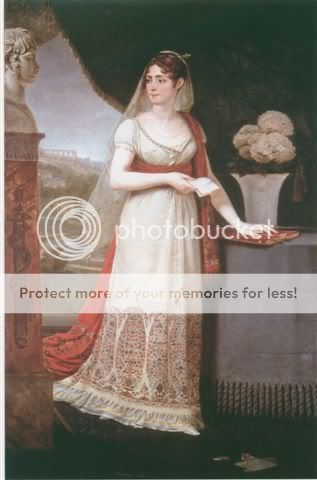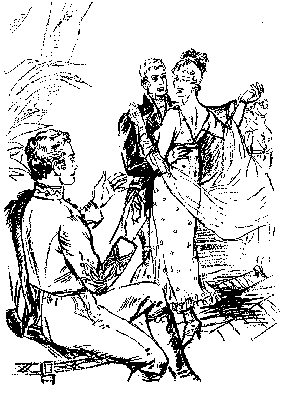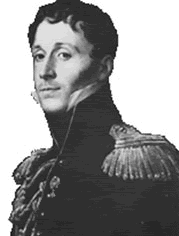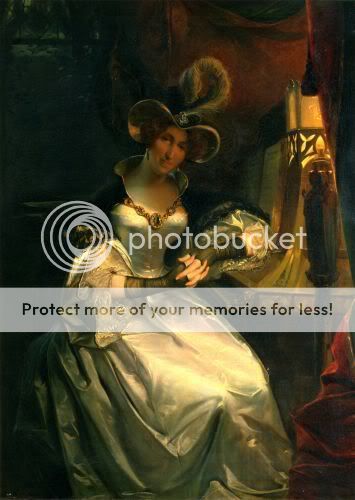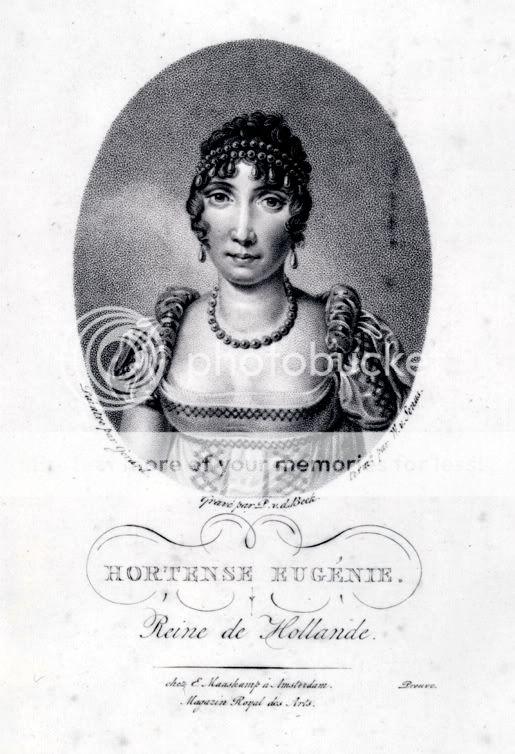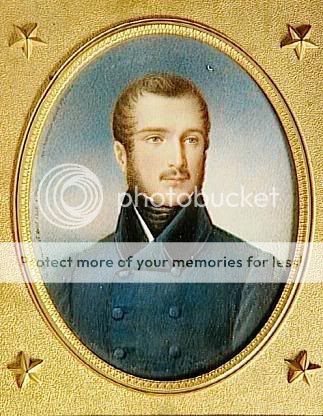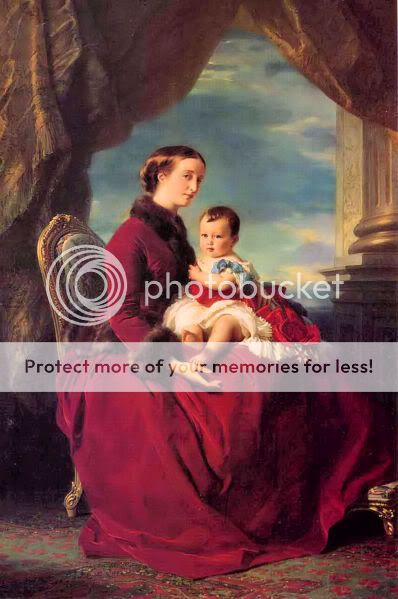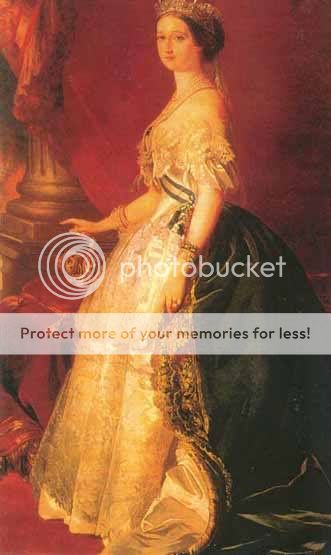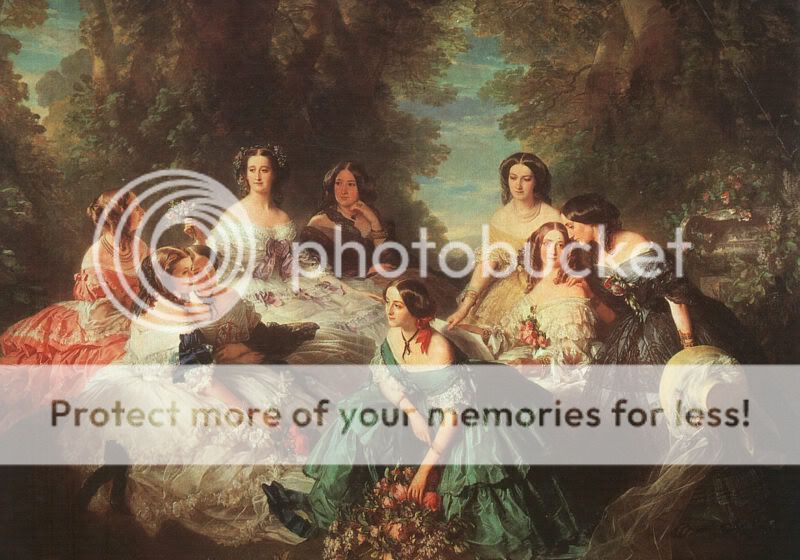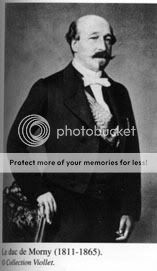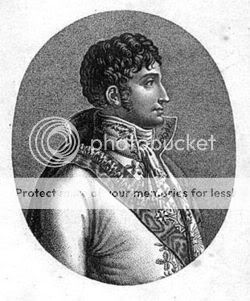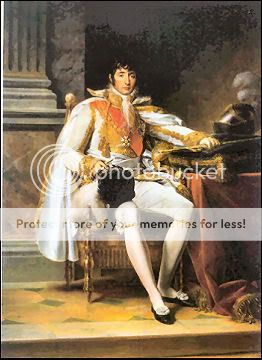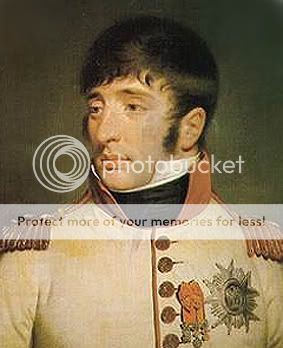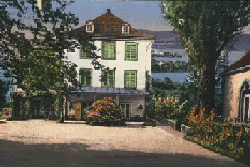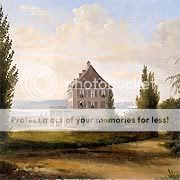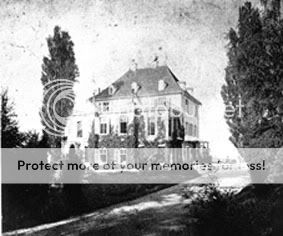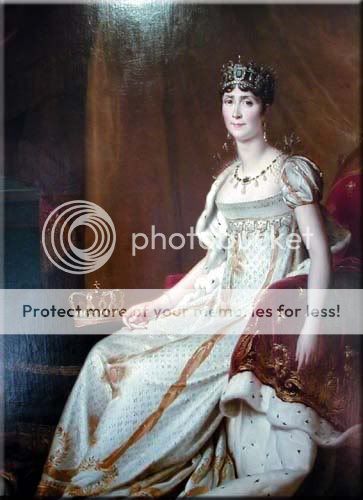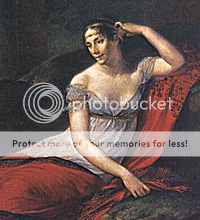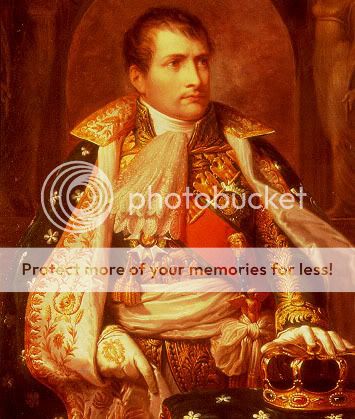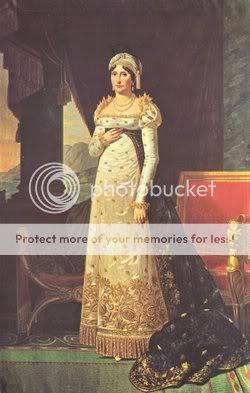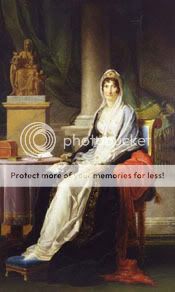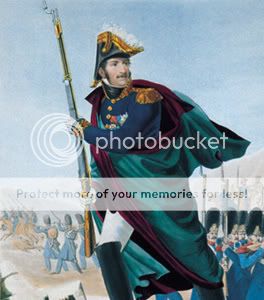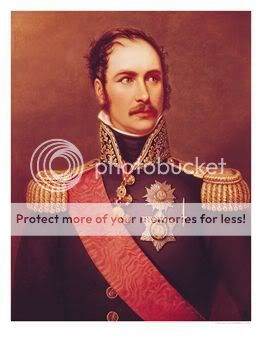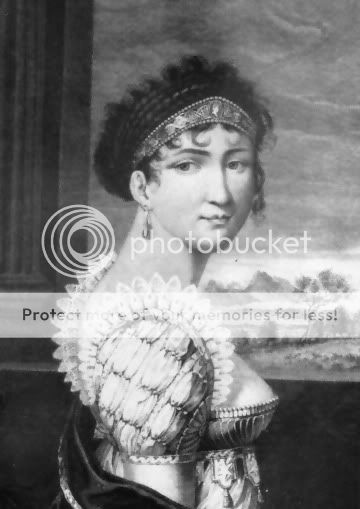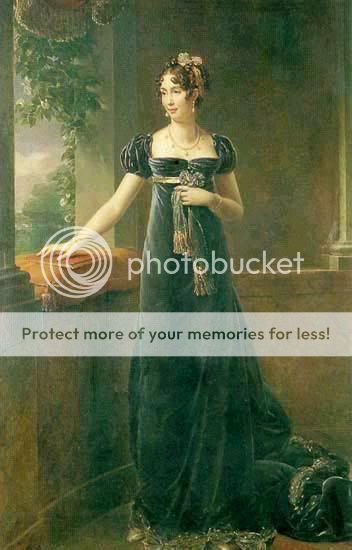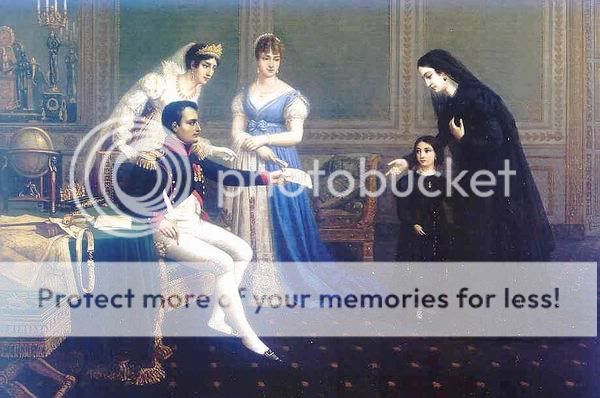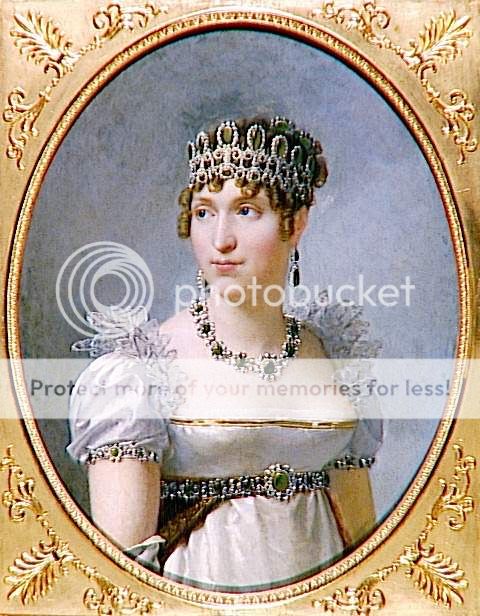- Joined
- Aug 13, 2004
- Messages
- 27,107
- City
- São Paulo
- Country
- Brazil
King Lodewijk Napoleon (1778-1846), Queen Hortense (1783-1837) and family
This thread is about King Lodewijk Napoleon of Holland, born Louis Bonaparte Prince français (Imperial Highness) 18 May 1804, King of Holland 5 Jun 1806-1 Jul 1810, when he abdicated in favour of his son, assumed the title Count de Saint-Leu (Ajaccio 2 Sep 1778-Leghorn 25 Jul 1846) and Queen Hortense of Holland, born Hortense de Beauharnais cr. Duchess de Saint-Leu 30 May 1814 (Paris 10 Apr 1783-Château de Arenenberg, Switzerland 5 Oct 1837)
Parents of Lodewijk: Carlo Maria Buonaparte and Marie Laetitia Ramolino (from 18 May 1804 "Madame Mère de l'Empereur", Imperial Highness)
Parents of Hortense: Alexandre François Marie de Beauharnais, Viscount de Beauharnais and Marie Rose Josèphe Tascher de la Pagerie, Empress of the French
Children: 1 Napoléon Louis Charles, Pr français, 18 May 1804, Pr Royal of Holland 5 Jun 1806
2 Napoléon Louis, Pr français, Pr Royal of Holland 5 May 1807, Grand Duke of Berg and Cleves 3 Mar 1809-1 Dec 1813, nominal King of Holland 1-9 Jul 1810
3 Charles Louis Napoléon, Pr français and Pr of Holland, President of France 10 Dec 1848, became NAPOLÉON III, Emperor of the French
4 Charles de Morny (son of Hortense and Count Charles Auguste Joseph de Flahault de Billardrie)
Siblings Lodewijk: Joseph, Napoleon, Elise, Lucien, Pauline, Carolina and Jerome
Sibling Hortense: Eugene de Beauharnais
---
painting left: Louis Napoleon as King of Holland:
painting right: Hortense and her eldest son dressed for Napoleons coronation.
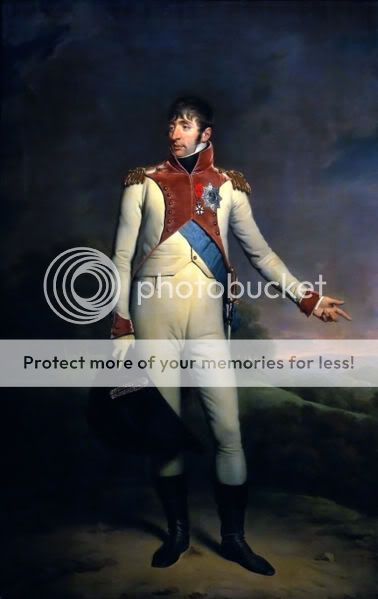
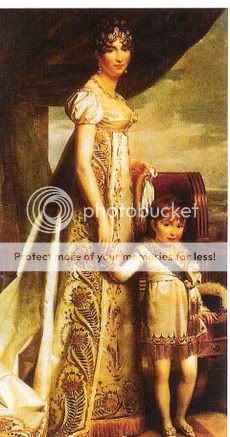
Note 1: All the pictures posted from post 1-20 are free of copyrights, unless stated differently.
Note 2: The main source I used is Thera Coppens' 'Koningin Hortense' (2006). I also used some genealogical tables and some online encyclopedia articles. The articles form internet are only partly shown here due to copyright violation laws.
This thread is about King Lodewijk Napoleon of Holland, born Louis Bonaparte Prince français (Imperial Highness) 18 May 1804, King of Holland 5 Jun 1806-1 Jul 1810, when he abdicated in favour of his son, assumed the title Count de Saint-Leu (Ajaccio 2 Sep 1778-Leghorn 25 Jul 1846) and Queen Hortense of Holland, born Hortense de Beauharnais cr. Duchess de Saint-Leu 30 May 1814 (Paris 10 Apr 1783-Château de Arenenberg, Switzerland 5 Oct 1837)
Parents of Lodewijk: Carlo Maria Buonaparte and Marie Laetitia Ramolino (from 18 May 1804 "Madame Mère de l'Empereur", Imperial Highness)
Parents of Hortense: Alexandre François Marie de Beauharnais, Viscount de Beauharnais and Marie Rose Josèphe Tascher de la Pagerie, Empress of the French
Children: 1 Napoléon Louis Charles, Pr français, 18 May 1804, Pr Royal of Holland 5 Jun 1806
2 Napoléon Louis, Pr français, Pr Royal of Holland 5 May 1807, Grand Duke of Berg and Cleves 3 Mar 1809-1 Dec 1813, nominal King of Holland 1-9 Jul 1810
3 Charles Louis Napoléon, Pr français and Pr of Holland, President of France 10 Dec 1848, became NAPOLÉON III, Emperor of the French
4 Charles de Morny (son of Hortense and Count Charles Auguste Joseph de Flahault de Billardrie)
Siblings Lodewijk: Joseph, Napoleon, Elise, Lucien, Pauline, Carolina and Jerome
Sibling Hortense: Eugene de Beauharnais
---
painting left: Louis Napoleon as King of Holland:
painting right: Hortense and her eldest son dressed for Napoleons coronation.


Note 1: All the pictures posted from post 1-20 are free of copyrights, unless stated differently.
Note 2: The main source I used is Thera Coppens' 'Koningin Hortense' (2006). I also used some genealogical tables and some online encyclopedia articles. The articles form internet are only partly shown here due to copyright violation laws.


